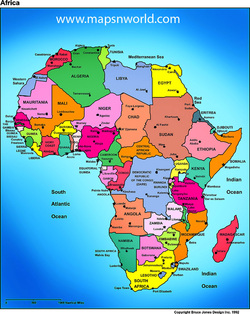 Political Map of Africa Political Map of Africa This week we wrapped up our study of Africa by learning about the geography and stories of Ancient Egypt. Reading the Egyptian myths we learned of the power of names: “For the Ancient Egyptians a thing that had no name could not exist.” Ra, the all-powerful one, created himself by speaking his own name. His daughter, Isis, was eventually able to steal his throne by the force of the knowledge of Ra’s secret name. The emphasis on the importance of names was a perfect context for working on our own writing. In class, the students used a writing web to create their own secret names. Using hieroglyphics, they cut and pasted to write out this secret name. If you are lucky, perhaps they will share with you these carefully guarded secrets. You can use the secret name to compel them… to help you around the house. The students did a very good job on the paragraph writing assignment. We reviewed them aloud together, and used the hamburger image to think about a paragraph. The bun on the top and bottom is the sturdy thesis sentence and conclusion that hold the burger and toppings together. This week for homework, they have a political map of Africa to complete. They also have a writing worksheet, answering the Five W’s about one of the stories we read in class. Students who would like to write their own folktales for their final presentation can also use this to start planning their story. Next week, it is on to Ancient Greece. I can’t wait! This website from the British Museum is a favorite at my house, an excellent resource. See you next week! Oobleck Rovers! On Monday we wrapped up our unit on Oobleck by testing our spaceship creations to see if they could land on Oobleck, stay for 5 seconds, and take off again. Following our tests we discussed how we behaved as scientists over the last several weeks. We finished up by looking at how scientists used many of these same strategies when designing rovers to explore Mars. The students were surprised to see how many similar processes they shared with the Mars Rover team. If you’re interested in seeing more about the Mars Rovers view the video called “Six Minutes of Terror” . Next Week... Next week we start our unit on forensics. Students will be introduced to a crime scene that will need to be analyzed. Over the next several weeks we will use tests, observations, and analysis to sift through what is fact and what is inference. Thank you SO much to those of you who donated items that were needed from the list. I will send out an e-mail at the end of the week if there is anything I am having a hard time finding.
I look forward to a unit that taps into the kid’s love of mystery! Ancient Greek Scientists/Philosophers  Thales Thales This week we began with a review of the scientists/philosophers of Ionia that students have been reading about in their text. We discussed the observations, insights, and theories of Thales, Anaximander, Anaximenes, and Anaxagoras. These four early Greek thinkers used reason rather than superstition to explain events in nature and thus launched the beginnings of the western scientific tradition. Students then broke into small groups and collaborated to answer questions about several other important Greek figures - Empedocles and Herodotus. We discussed the importance of Empedocles theory of four elements (earth, air, fire, and water) as one of the most enduring and influential ideas in the history of science. His theory dominated scientific thinking for 2,300 years! We also agreed that Herodotus, the world's first historian, was critical to the development of science since his collected and organized information provided knowledge for future scientists and philosophers to build upon. We discussed the contributions of the Phoenicians in navigation (by the stars), exploration (in cleverly crafted ships), and the spread of scientific knowledge to many countries. Their development of the alphabet further allowed scientific learning to be written down and shared. We looked at the specific scientific tools that these ancient scientists/philosophers had available to them (using the Student Quest Guide) and noted that during this time in history, they had little beyond their own observations of the world around them and their logic and reason to interpret how the world works. From these beginnings and the minds of these amazing early scientists came the development of astronomy, mathematics, and geometry.
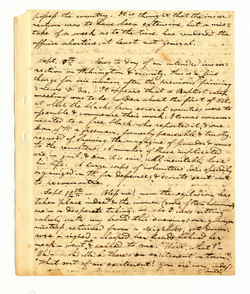 Yesterday, we wrapped up our discussion and performance of The Golden Fleece: The Voyage of Jason and the Argonauts. Both Susan and I were very pleased (and impressed) with many of the diary entry homework shares. Some students used a considerable amount of detail from the reading (Sailing the Wine-Dark Sea) and also incorporated information from both Part I and Part II scripts. Nicely done -- keep it up! Before performing Part II for the final time, we paused to analyze many themes from the the story, including -- teamwork, personal responsibility, the purpose of a life "quest," leadership, what makes a good role model, victimization vs. villainy, and female assertiveness. All in a day's work! The students also completed a 5-minute in class writing challenge -- to come up with an alternate ending to The Golden Fleece. We got some terrific writing in that short amount of time! Final performance of Part II was nothing short of inspired. :>) 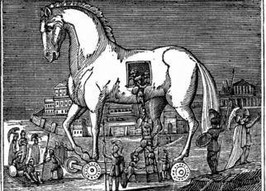 Next week we will embark on our own little journey through The Odyssey, beginning with a short play called The Monster in the Cave. Class time will also be spent understanding character traits, perspective, and working through basic literary analysis (Characters, Setting, Theme, Tone-Mood, and Plot). At the end of class, students were given a handout entitled "The War at Troy (in 13 steps)" -- they should study the outline and be prepared to discuss next week. I would like them to treat this as a research opportunity, using either the library or the internet to gather information on the Trojan War. An understanding of the cause of this legendary war will be necessary to fully understand our "Odyssey" selections. Students should make an outline of their own or write a summary of any length describing their findings. We will kick off class next week by sharing some of our research. Enjoy your week! |
Categories
All
Archives
May 2016
|

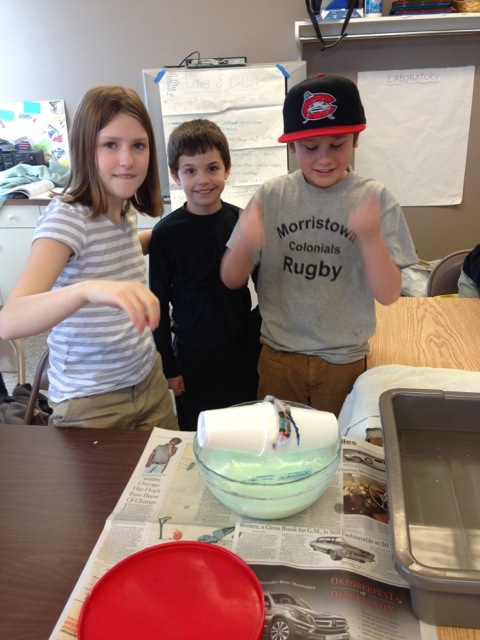
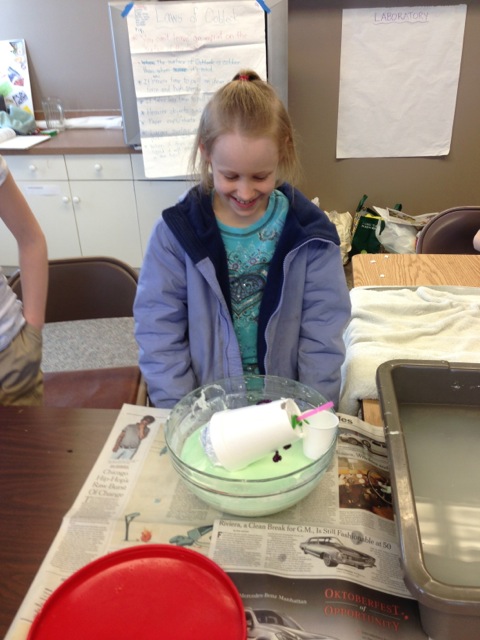
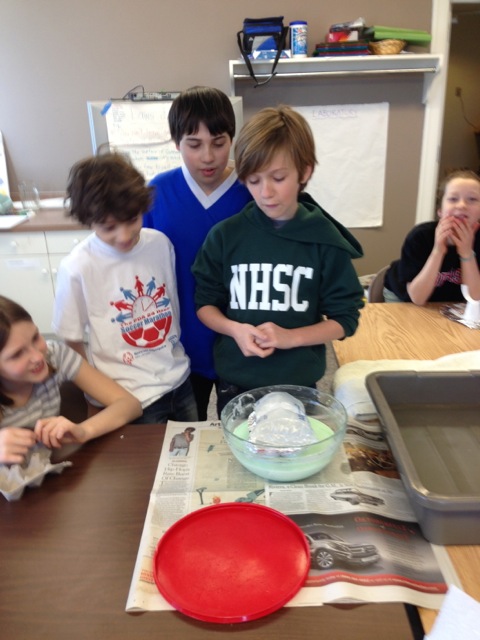
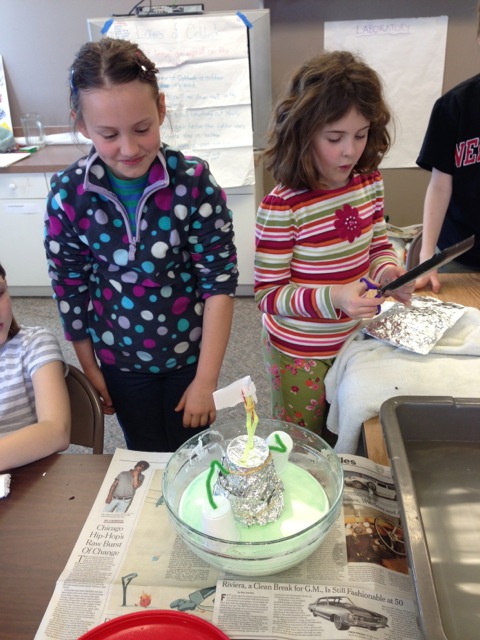
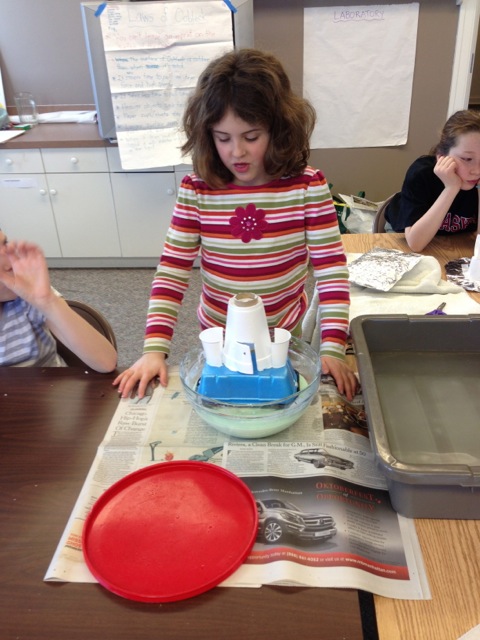
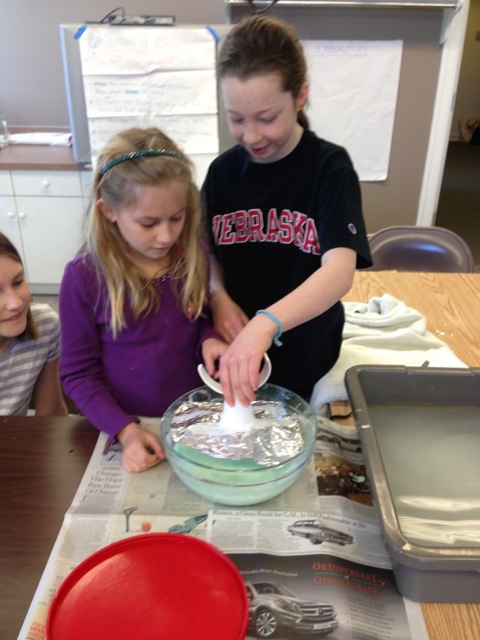
 RSS Feed
RSS Feed